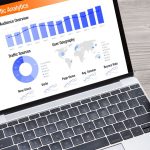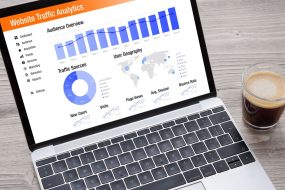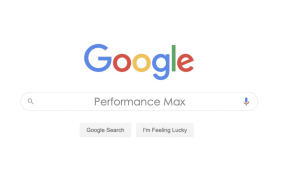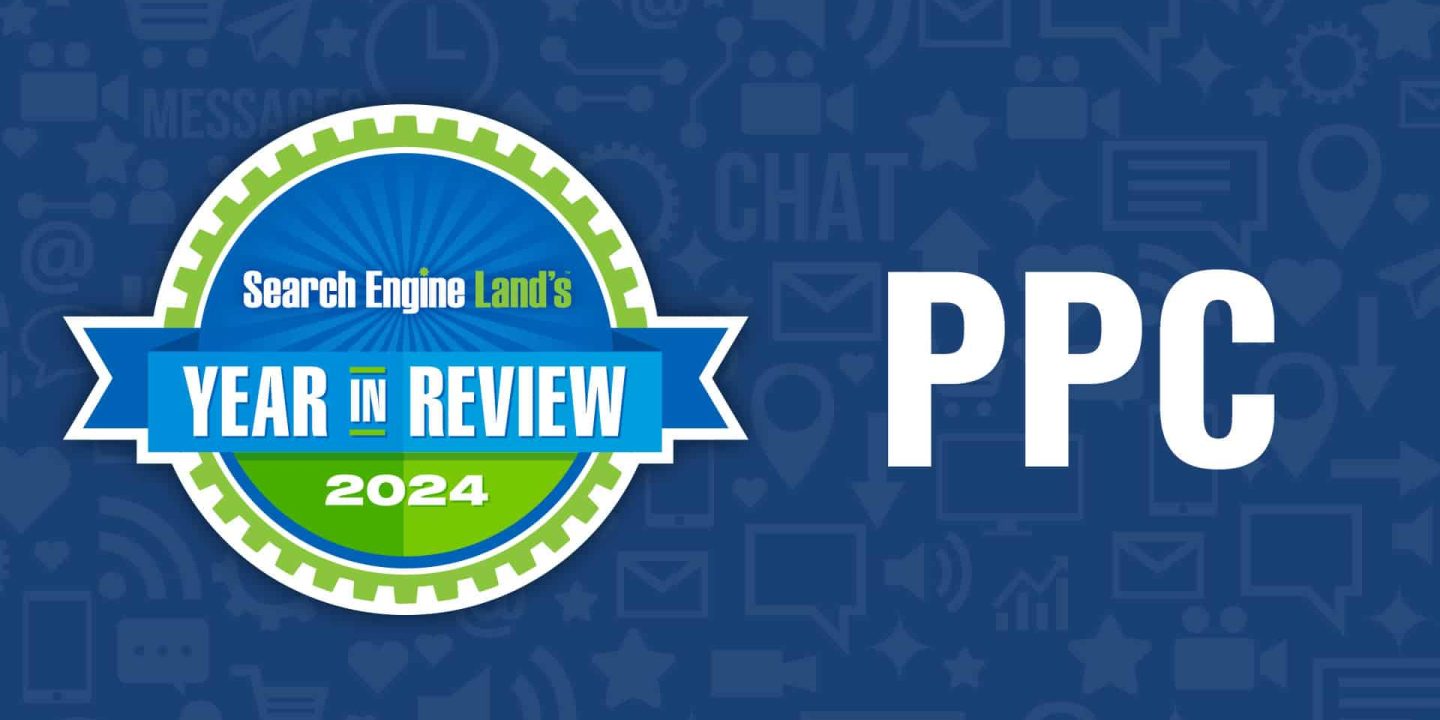
The world of digital marketing in 2024 has been nothing short of transformative, with Google once again taking center stage in many of the year’s biggest developments. From the ongoing debates about third-party cookies to advancements in Google Analytics and the rising distrust among advertisers, the year was marked by shifts that tested the adaptability and resilience of marketers everywhere.
As we enter the last few weeks of the year, let’s take a look at the top newsworthy headlines according to pageviews.
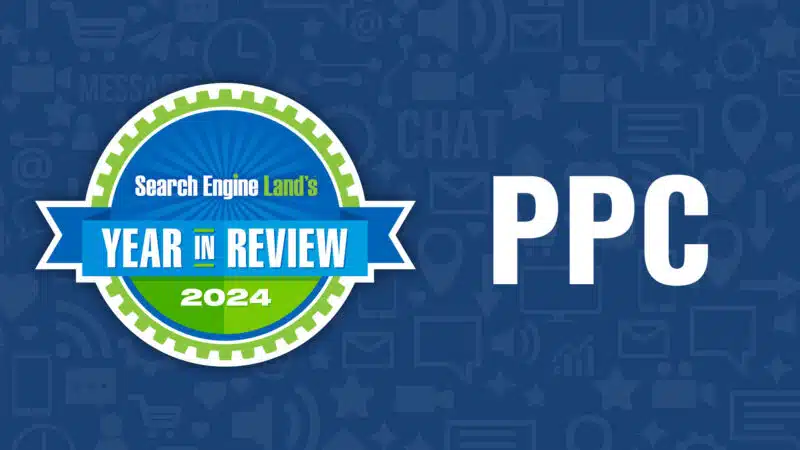
10. Google Ads phasing out card payments
In June Google notified some high-spending advertisers that they would need to stop using credit or debit cards for Google Ads payments by July 31, 2024. Affected accounts needed to transition to bank-based payment methods or risk suspension.
- Advertisers expressed frustration, citing financial strain, loss of cashflow flexibility and lack of benefits.
- Google Ads Liaison Ginny Marvin confirmed that only a small subset of advertisers would be impacted.
9. Google Ads ad copy: what works and what doesn’t in 2024
Optmyzr analyzed over 1 million Google Ads to uncover key insights into ad copy strategies, focusing on metrics like CPA, CTR, and ROAS. The findings challenge conventional wisdom and highlight opportunities for marketers to improve performance.
The report covered:
- Ad strength – its misleading
- Pinning Assets – against Google’s recommendations, it could be worth pinning all headlines
- Sentence case vs Title Case – sentence case is a clear winner especially for RSAs
- Creative length – shorter headlines performed better
8. Google is shutting down websites made with business profiles
Google Business Profile (GBP) websites were discontinued in March 2024. Visitors to these websites were redirected to the associated Business Profile form March until June 10 and from then it will be a “page not found error” they would see whenever such a link is clicked.
This caused the need of a new site for brands who had GBP websites, using platforms like Wix, Squarespace, Shopify, WordPress, Google Sites, or GoDaddy
7. Advertisers don’t trust Google
2024 saw advertisers trust level at an all time low as the Department of Justice’s laid out a damning case against Google, releasing a document even, detailing extensively why there should be trust issues against Google.
It took little coaxing to have several advertisers let us know why their trust is at an all time low. Advertisers complained of manipulative practices, lack of transparency, erosion of trust and much more.
6. Costs increasing
Advertising spend on Google search ads in the U.S. increased by 17% year-over-year in Q4 2023, with steady click growth at 8% and cost-per-click (CPC) rising by 9%, according to Tinuiti’s Q4 2023 Digital Ads Benchmark Report.
The rise in ad spend and growing confidence in paid media suggest advertisers adapted to challenges in 2023, leveraging mobile and emerging platforms like PMax to drive performance.
However by April, despite CPCs being up, spend was plateauing as advertisers were seeing a decline in clicks.
5. Google exposes competitor data
Advertisers are used to the odd Google Ads reporting glitch here and there, however in August, a unique one happened where competitor data was exposed.
Advertisers were unable to manage campaigns or access critical performance data. Additionally, a serious data breach has exposed unrelated item IDs, product titles, and Merchant Center information, potentially revealing competitors’ sensitive information.
It took a week for the issue to be fully resolved.
4. Google Analytics 4 (GA4) adds new dimensions
In February, GA4 introduced eight new dimensions to enhance tracking and analysis of paid and organic traffic sources. With new dimensions like Manual source, Manual medium, Manual Campaign and more, these dimensions provide deeper insights into user behavior and performance across channels.
3. Google Ads discrepancies
In July, advertiser Brais Calvo Vázquez’s discovered that Google Analytics 4 (GA4) includes a hidden report that allows users to compare conversion data exported to Google Ads, helping to identify and explain discrepancies between the two platforms.
This tool, accessible by appending “/advertising/key-event-differences” to a GA4 property URL, provides advertisers with insights to improve campaign accuracy and performance.
Some users have had access to this report for over a year, indicating it may have been in extended testing. Google made no comment to this discovery.
2. Search Partner Update
February Google announced introducing greater advertiser control over ad placements within its Search Partner Network (SPN). Starting March 4, advertisers using Performance Max (PMax) campaigns will gain access to impression-level reporting for SPN sites. Additionally, exclusions applied at the account level will extend to SPN placements, YouTube, and display ads.
The changes aim to provide advertisers with enhanced transparency and control, allowing them to safeguard their brand reputation. The SPN includes websites and apps that display search ads, extending beyond Google’s main properties like YouTube and Google Discover.
1. Third Party Cookies
There had been back and forth about third party cookies for years now and whether to deprecate it and in 2024, Google had high hopes of going ahead with doing getting rid of it. However, their hopes were dashed almost as soon as they started their tests.
In January the report was Google started phasing out third party cookies. They were axing cookies from 1% of browser traffic, and the speculation at that stage was that they would phase out third-party cookies by the second half of 2024 as a crucial move in its Privacy Sandbox initiative.
In February due to concerns raised by UK’s Competition and Markets Authority, Google were stopped in their tracks form going ahead with the third party deprecation until concerns around its proposed Privacy Sandbox changes were sufficiently appeased. According to Google’s documentation:
- “The Privacy Sandbox initiative aims to create technologies that both protect people’s privacy online and give companies and developers tools to build thriving digital businesses.”
However CMA had lots (39 and counting) of concerns, the three key ones being:
- Google would still benefit from user data whilst competitors would be limited form this data,
- That they will show favoritism towards their ad tech,
- Publishers and advertisers won’t able to detect fraudulent activity.
In April the deadline for third party cookie deprecation moved from end of 2024 to 2025, conceding to the concerns the CMA raised in February. The had put evidence together that they were still doing the right by the industry and wanted to give the CMA enough time go over all the documentation they had provided.
Later that same month the concerns increased to 111 with the primary concern now being that Google will become too dominant in the market if their Privacy Sandbox solution went ahead.
After a couple of months of silence, the final decision came – Google scraps plans to kill third-party cookies in Chrome. The new promise is to introduce a new experience in Chrome whilst the Privacy Sandbox AMI will continue to be developed for alternative solutions.
That is a wrap on 2024. Several major talking points there, unsurprisingly mostly focused around Google there. What do we think 2025 will bring us? I reckon a lot more AI updates and experts truly needing to different themselves from those who just use AI as their selling point. It would also be interesting to see whether the Google we know now will have all its brands still intact by this time next year.
#Top #PPC #news #year #Search #Engine #Land

